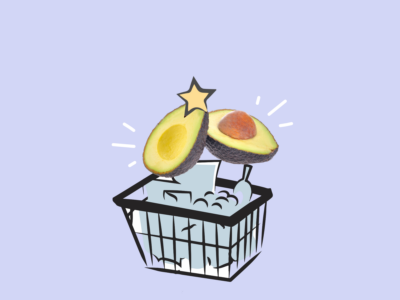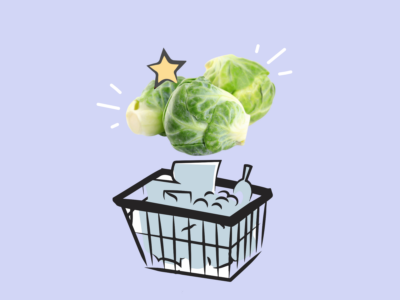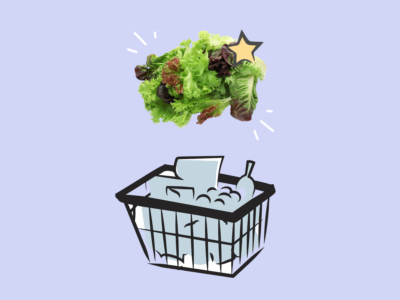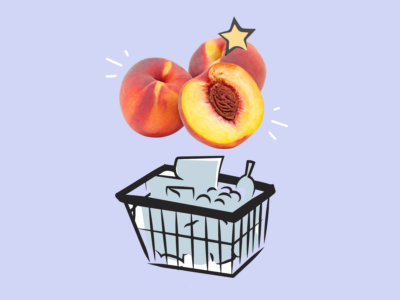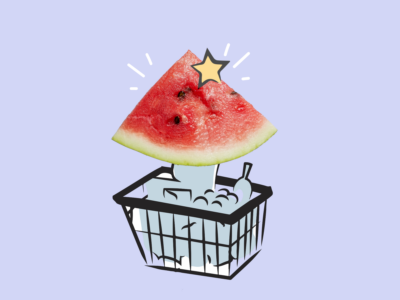Celery is a cool-season crop that’s at its best from September through April, though it’s easy to find in most grocery stores year-round. Whether you’re chopping it for soups, slicing it into celery sticks, or tossing it into chicken salad or pasta salad, celery is a kitchen staple thanks to its crisp texture and mild flavor.
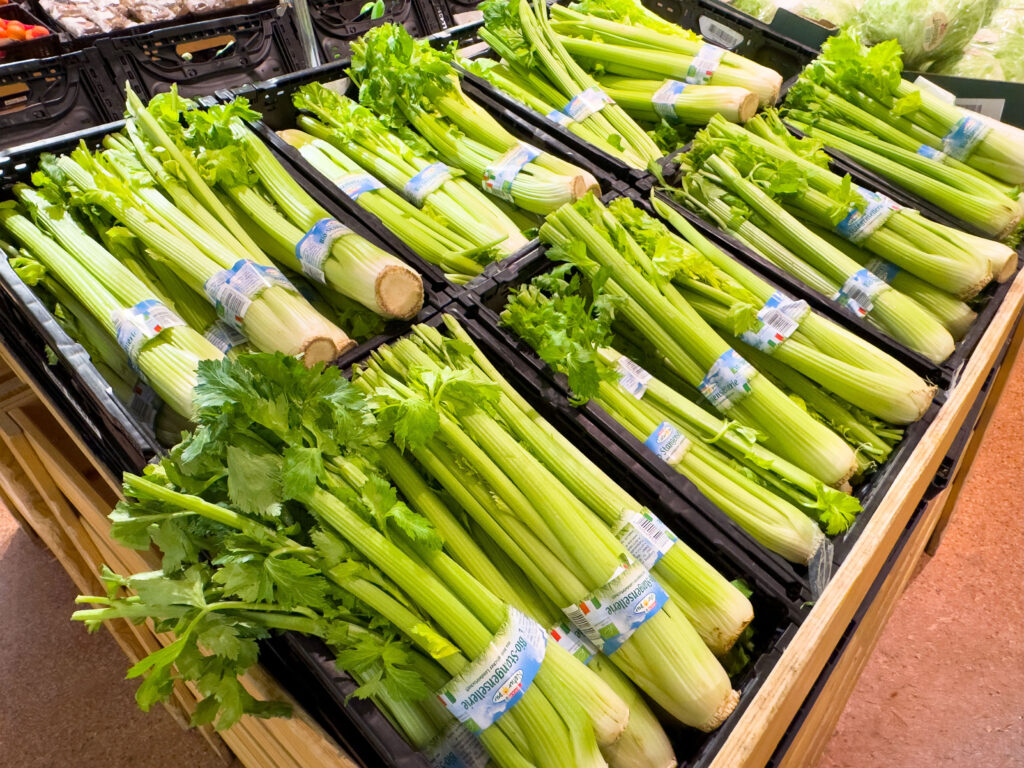
When buying a head of celery, look for firm, tightly packed celery stalks that are crunchy enough to snap easily (not rubbery or limp). The stalks should be pale green to bright green with no discoloration or spotting, and the celery leaves should be fresh and vibrant green, not wilted or yellow. If you’re buying pre-packaged celery hearts, make sure the bag is free of moisture and the stalks inside are still crispy.
Once home, the best way to store celery depends on how soon you plan to use it. For short-term storage, place the base of your celery upright in a glass or bowl of water on the counter—this keeps celery fresh and crunchy for several days. For longer storage, wrap celery in aluminum foil and keep it in the crisper drawer of your fridge to extend its shelf life. This trick slows the release of ethylene gas, which can accelerate spoilage. Wash celery before use.
Avoid storing celery in a plastic bag, as it traps moisture and can cause sogginess or mold. If you’re using paper towels, wrap them around cut celery to absorb extra moisture before refrigerating to keep celery crisp. Proper storage methods can help celery last up to 2–3 weeks in the fridge.
If you’ve prepped too much chopped celery, or just ended up with a surplus, you can absolutely freeze celery! Just blanch the pieces in boiling water for 1–2 minutes, then shock them in an ice bath, dry thoroughly, and pack into freezer-safe containers. It’s best to cut to cooking size first. Frozen celery works best when blended in smoothies or cooked in dishes like stir-fries, soups, or stews, since the texture will soften once thawed.
Celery Root (Celeriac)

Celery root has a rough, knobby exterior, but don’t be put off—its mild, earthy flavor is fantastic in both raw and cooked dishes, from slaws to soups. Celery root is in season in the late fall and into the winter, so you’re more likely to be able to pick it up later in the year. It can be more difficult to find, depending on your location and where you shop. If you’re in the grocery store “stalking” the aisles hunting for it, check the produce section near other root vegetables.
When selecting celery root, choose ones that are firm and roughly 4 to 5 inches (10 to 12 cm) in diameter. Avoid roots with bruising, soft spots, or a shriveled appearance. When you bring it home, wrap it in a damp paper towel and refrigerate in the crisper drawer. It will keep for several weeks, but is best used fresh for maximum flavor.
With a few simple storage methods, these veggies can stay fresh and flavorful for weeks—ready to use in all your favorite celery recipes. Whether you’re using celery or celery root raw, cooked, or frozen, these underrated veggies are endlessly versatile and worth keeping on hand in every kitchen.
Shop Like a Pro
If you’re looking for tips on how to shop, select and store other foods check out these posts!





